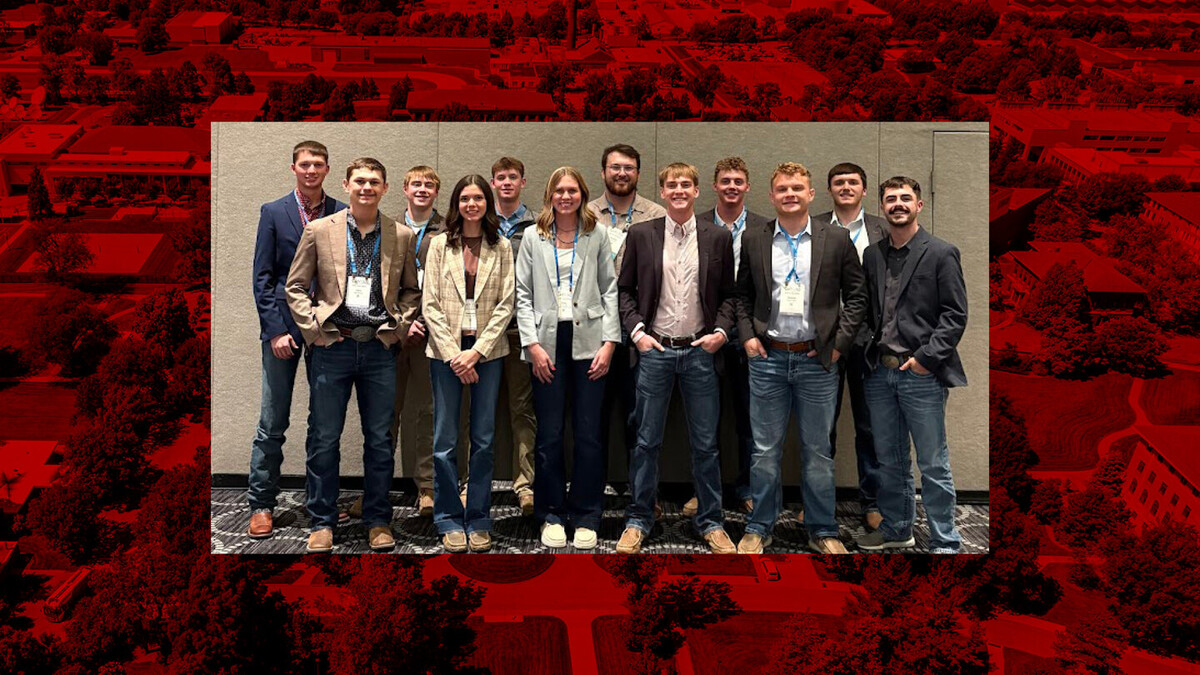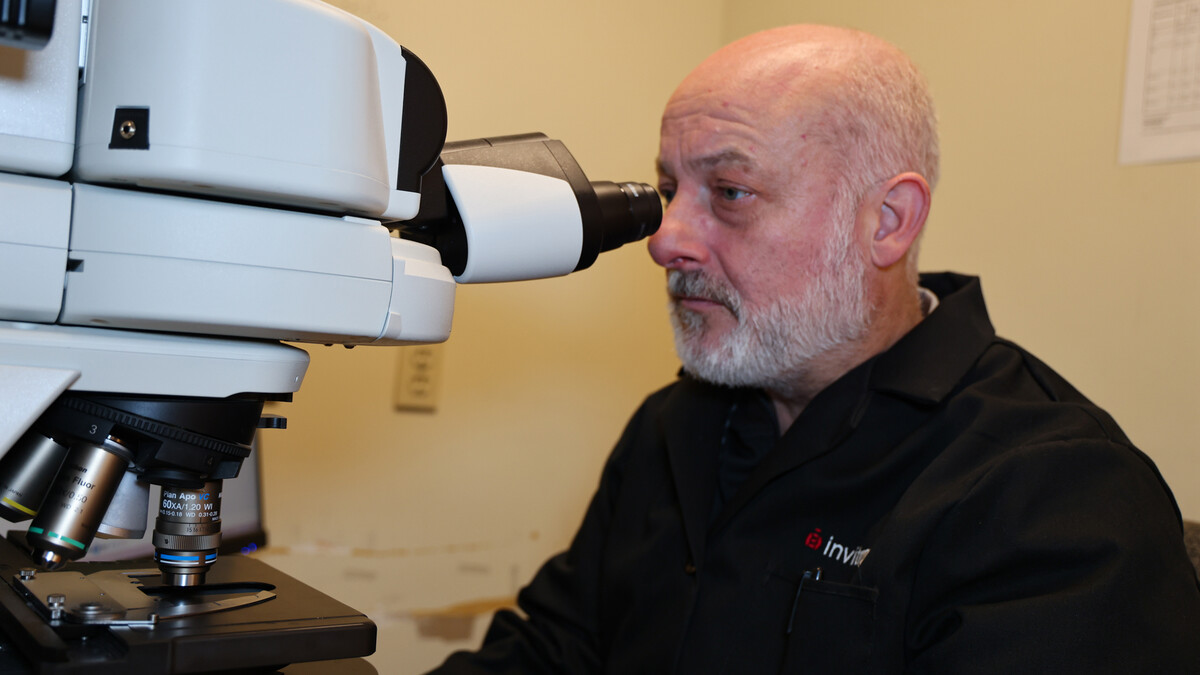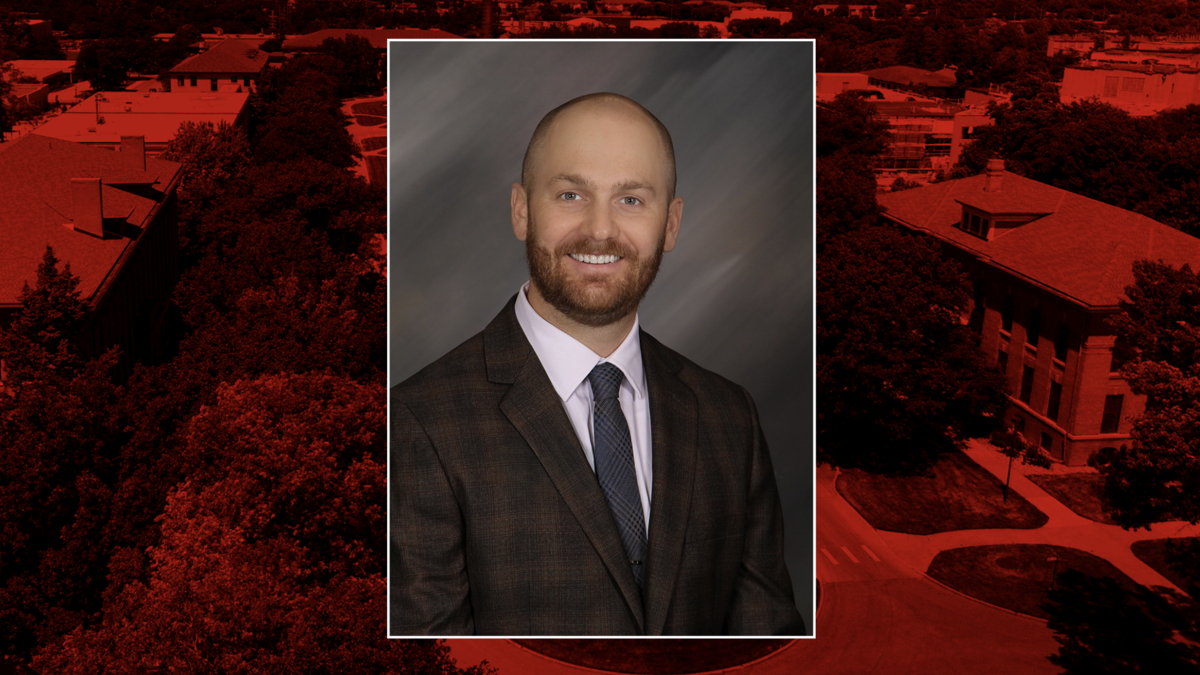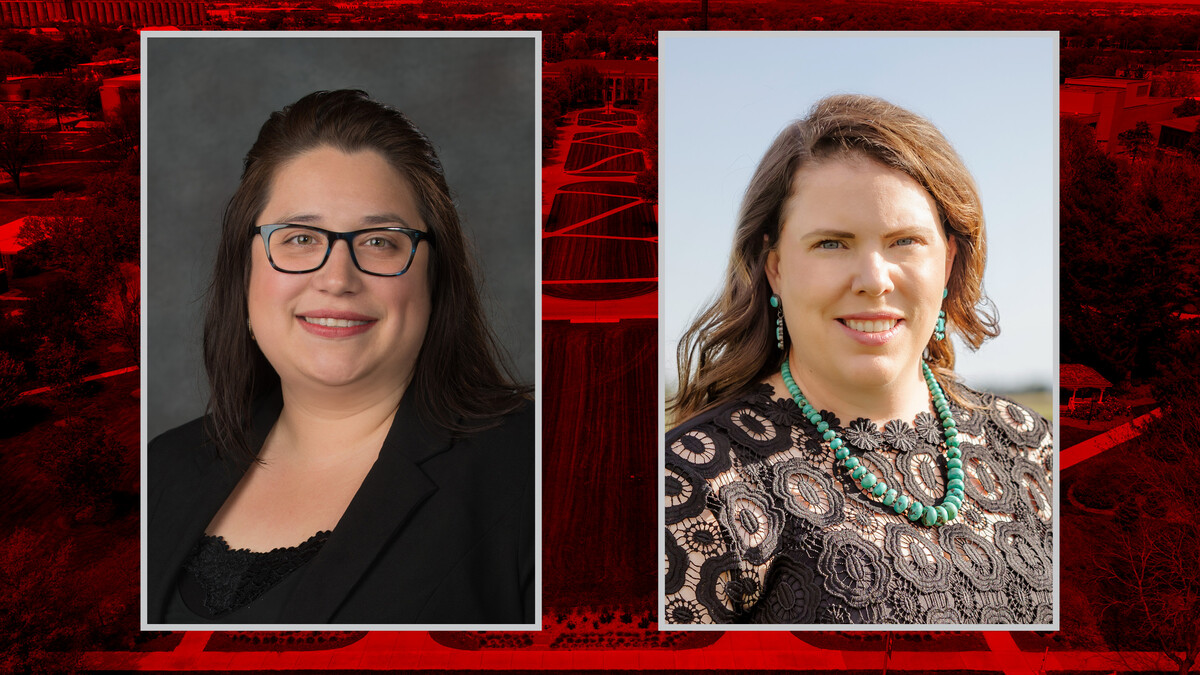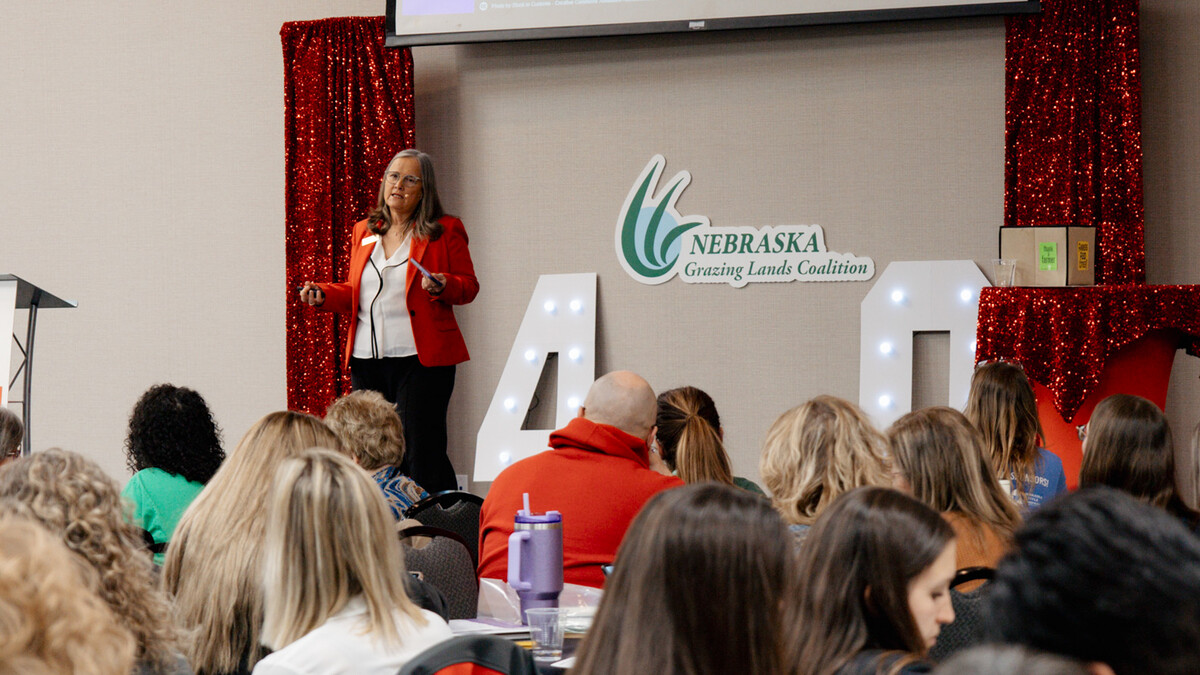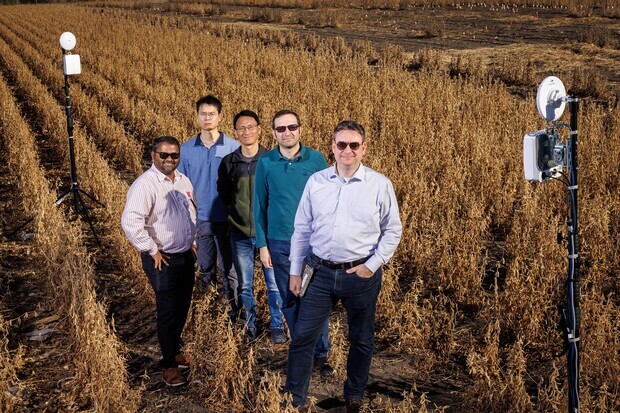
Lincoln, Neb. —Many farmers and agricultural experts see digital farming as the way of the future. Managing farms using sensors, drones and robots, artificial intelligence, advanced data analytics and more will be key to efficiently feeding the world’s increasing population, expected to reach 10 billion by 2050.
But maximizing agricultural technology’s potential hinges on a tool that most fields lack: high-speed internet connectivity.
An interdisciplinary Nebraska research team, led by computer engineer Mehmet Can Vuran, is trying to change that fact. The team includes Shuai Nie, Qiang Liu, Christos Argyropoulos, Yufeng Ge and Santosh Pitla. With a three-year, $1 million grant from the National Science Foundation, the team is designing a next-generation wireless network for agricultural fields that would catalyze an array of digital farming technologies and buoy the businesses of countless farmers. Currently, at least two-thirds of farmers say they lack sufficient internet connectivity to run their operations, and 25% of U.S. farms do not have internet at all.
“We have started to redesign the wireless network according to the constraints and requirements of agricultural fields,” said Vuran, Jensen Chair and professor of computing. “Right now, the best farmers and researchers can do is grab wireless technologies from whatever is available in nearby urban environments. They try to use Wi-Fi or existing cellular connections, which were not designed for the field. This is like trying to fit a square peg into a round hole.”
It’s a mismatch because the two environments are vastly different. Urban connectivity leverages the vertical infrastructure inherent to cities: tall buildings, streetlights and traffic lights house the necessary equipment. Agricultural fields lack this robust vertical infrastructure, making it much more difficult to build a network.
Additionally, agricultural fields are subjected to harsh environmental and weather conditions that can interrupt wireless connections. The type of crop, its stage of growth and even a plant’s moisture content can also affect signals. Vuran’s group is devising a wireless architecture called Field-Nets to address these challenges.
A cornerstone of their approach is deployment of millimeter wave technology on farms. This technology, increasingly used to support 5G connections in urban areas, sends signals on a bandwidth of the radio-frequency spectrum that is not overcrowded. Plentiful bandwidth means signal transmission is fast, at gigabits per second, with minimal disruption.
Last summer, Vuran’s group conducted some of the first-ever experiments of millimeter wave technology in agricultural fields. These studies showed how easily corn and soybean growth can impact these delicate, high-frequency signals, whose wavelength size is just millimeters long. The resulting datasets are publicly available to help other researchers and practitioners. With the NSF funding, Vuran’s team will develop the computer processing abilities and complex algorithms necessary to support robust and reliable connections.
Another key strategy of Field-Nets is edge computing: a type of networking architecture that shifts computation and data storage closer to the data sources. Because rural environments lack what’s called backhaul — the high-speed connections between a remote site and the core network — cloud computing is a challenge. This is problematic because in the future, precision farming devices are likely to generate as much data as a typical city environment.
Vuran’s solution is to push processing to the “edge” of the network, which in this case means moving it to the farm. When a farm’s robots, sensors and other devices produce data streams, they will be processed and stored on-site, protecting farmers’ data privacy.
The team is also ensuring the Field-Nets infrastructure only uses the spectrum when and where it’s needed. Although there is currently abundant spectrum available in rural areas, this will change as digital farming gains momentum. A crowded spectrum could thwart rural residents’ ability to use the internet – creating a digital divide between farms and the towns next door.
“We are designing with the understanding of this potential divide from the beginning. We need to adopt advanced spectrum sharing solutions from scratch,” Vuran said. “We don’t want to have to go back and redesign spectrum sharing solutions later, which has been done in some urban environments. We’re learning from that history.”
The project advances Vuran’s longer-term research mission, which is to bridge the original digital divide: the gap between urban and rural areas. Of the 24 million Americans who lack high-speed internet, 80% live in rural areas. As society increasingly relies on digital tools, the gap in internet access exacerbates gaps in prosperity, education, health care and more.
The work represents an increasingly important merger between computing and agriculture. To maintain its position at the forefront of ag innovation, Husker researchers are prioritizing enhanced partnerships between these two disciplines.
“Computer scientists and agricultural engineers will have to work together more and more, and this is one of the first funded projects representing this joining of hands,” said Pitla, associate professor of biological systems engineering.
Pitla, an expert in agricultural robotics, has been developing small autonomous robots that plant seeds and apply fertilizers since he joined the university in 2014. Although the technology can work without connectivity, a reliable wireless infrastructure would unleash the robots’ full potential: They could communicate with each other or summon a drone for a supply refill.
“Connectivity solutions could really amplify what we do and catalyze and facilitate a lot of things, especially with logistics and operational efficiency,” he said.
The research group will test the Field-Nets infrastructure using Pitla’s technology.
The project includes partnerships with members of Nebraska’s agricultural community, farmers and industry members, and will enable Husker students to train in a highly interdisciplinary environment.

